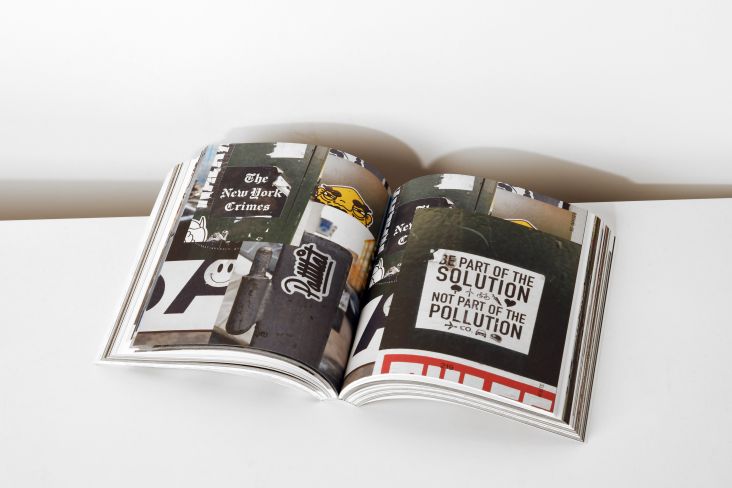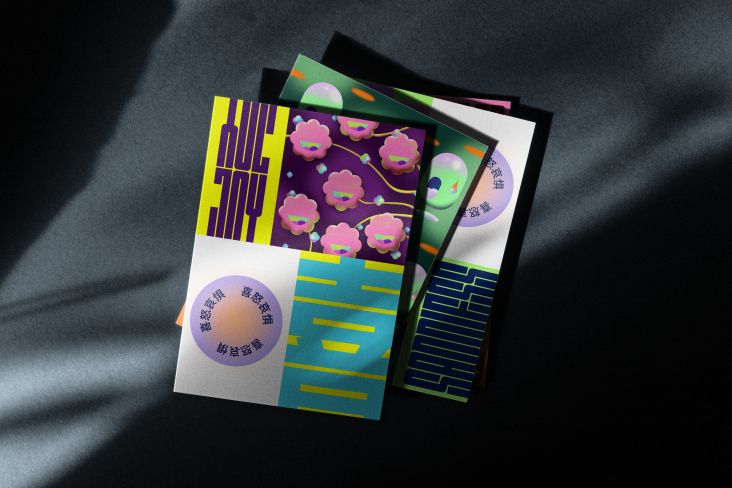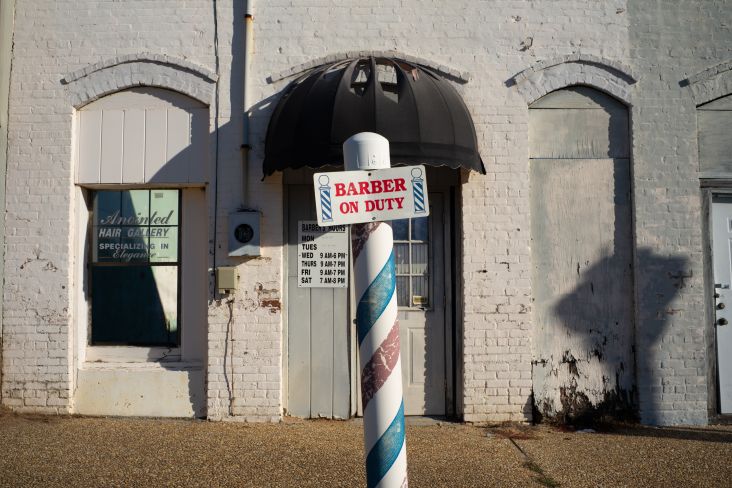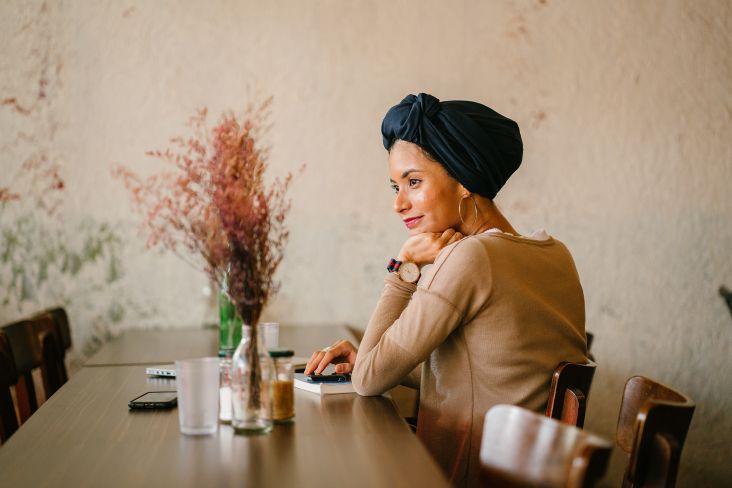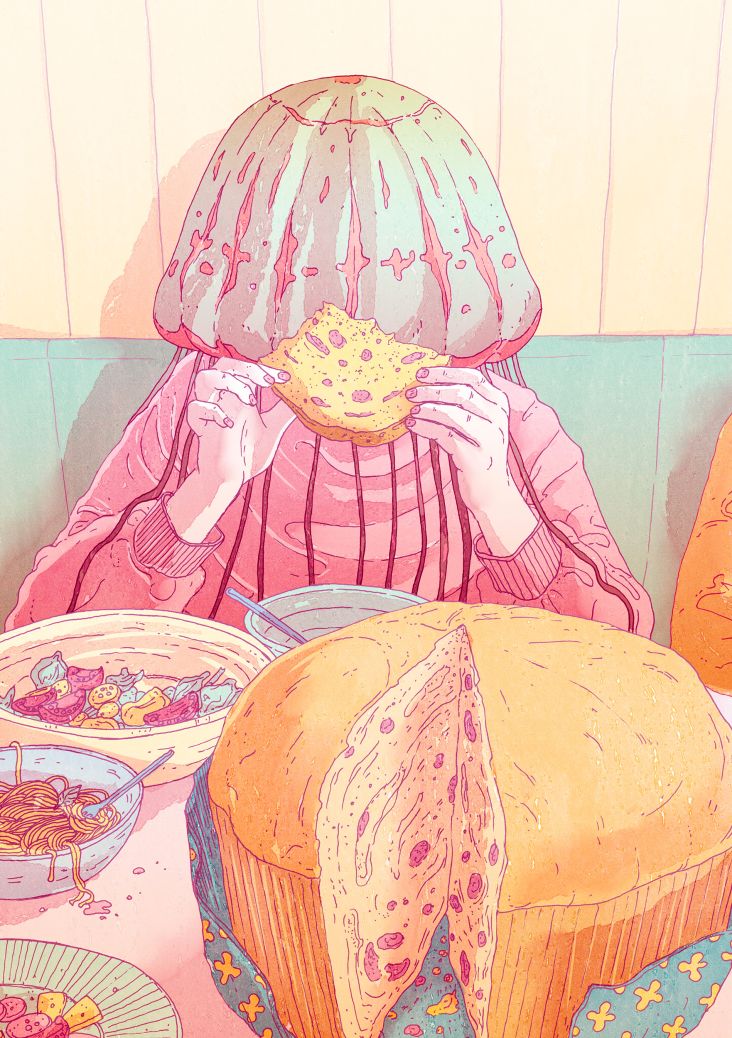How to cope with rejection and turn it into a positive
There's no sugar-coating it. Rejection can be a brutal, crushing experience. Something as simple as being picked last for a team at school can still burn in our hearts decades on. And yet, a creative career is nothing if not full of rejection.

Image licensed via Adobe Stock
We pour all our energies into a personal project then share it on social media, only to get snarky remarks or, perhaps worse still, just a wall of silence. Then there are those snubs at networking events when people who think they're above you make an excuse and wander off the moment you try talking to them.
And what about those colleagues who appear to ascend some mystical ladder to career advancement while you struggle to just keep your head above water, and wonder why no one's helping you to progress in the same way?
Whether rejection is direct or indirect, real or imagined, it hurts. And if we don't handle it correctly, it can end up hindering our career, hurting our creative growth, and maybe even turning us off from the profession completely.
But here's the good news. In terms of developing as a creative, rejection itself isn't a bad thing. In fact, if you reframe it and handle it the right way, it can become a useful tool for growing as a creative, advancing your career, and finding the success you crave.
In this article, we'll hear from dozens of creatives who've done just that and hear their tips on how to both handle rejection and turn it into a positive force for good.
1. Don't fall for the comparison fallacy
The first thing you need to do is put rejection into context. Whether you're experiencing rejection at the hands of a potential client, collaborator, employer or social media audience, it can make you feel like a failure. But that's only because you forget that rejection happens to all creatives, ALL the time.
The reason we don't think about that is simple: no one tends to talk about it. If a pitch goes disastrously wrong, an idea we float in a meeting gets laughed at, or a job interview ends in "Thanks but no thanks", few of us rush to social media to share the news. We only do that with the good stuff (and tend to overegg that a bit too).
We do the same at physical networking events, where we're generally out to impress. Unless you know the person you're chatting to really well, you're hardly going to answer the question "What have you been working on lately?" with "Three failed pitches and a side project that went nowhere."
As freelance illustrator Clair Rossiter puts it. "No one else advertises their rejections, so don't be fooled into thinking it only happens to you. It's part of the industry, and you do recover, even when it hurts! Sometimes it's just about taking what you can from their feedback and learning where your work does fit."
Ryder Design, a multi-disciplinary graphic designer, agrees, saying: "It's important to recognise that we all get rejected sometimes. We might not admit it: we only hear about success – not 'failures' or rejections. So take what people say on social media with a pinch of salt!"
2. Understand the positive role rejection plays
But if every creative experiences rejection all the time, doesn't that lead to misery-filled lives? Not a bit of it. Once you've built up some resilience, you'll start to see rejection, not as a disaster but as a positive spur to improve and develop.
"If you've faced rejection, well done!" says Loretta Milan, founder of the Original Life planner. "It means you've had the courage to stand up and push at the barriers that hold so many back. Rejection doesn't mean you're not good enough. It means you have courage. Keep going, and, eventually, you'll get to the 'yes' that's right for you!"
"It's important to remember that not everyone will like what you do," adds art director Marc Diamond. "That's okay; it's normal. But someone out there will love it. They just haven't seen it yet."
3. Don't fear rejection, but welcome it
In other words, rejection isn't an obstacle to creative development. It's actually essential to it. "Remembering it's part of the process is what I always remind myself of," says illustrator Ollie Hirst. "After all, if you were to be given every opportunity, that would be very weird! Creative careers aren't linear, and speaking solely for illustration – that's beyond true. You have to be tenacious: it's a must."
Just to drum the point home, here's Phil Cookson, director at Creative Resource. "I always say that the life of a creative is getting rejected every single day and that you can't be too attached to an idea," he says. "Think of ideas like pebbles on the beach: they're individually lovely but not precious in any way. Just be brave enough to keep picking up pebbles!"
Crypto artist Vector Meldrew takes a similar line. "Rejection is one of the best things that has happened to me," he says. "It often meant that I was going the wrong way. What came after rejection was always better, so long as I never wallowed in it."
4. Learn from rejection
So how exactly does rejection help you improve your creativity? "Rejection can often hold some home truths," explains Paul Bailey, brand strategy director at Halo. "Listen to why you were rejected, take on board what you feel can help you, and evolve."
Design director Dom Taylor puts it another way. "Rejection for me is redirection," he says. "It allows you to assess the reasons for it, and you can adjust accordingly. It helps identify your strengths and weaknesses."
That said, just because one person doesn't like your work doesn't necessarily mean it was bad; just that it wasn't right for them. "Sometimes when I've been rejected for a project I thought I was the perfect fit for, I've asked myself: 'How can I develop the subject in a personal way?'" says illustrator Giulia Sagramola. "In other words, make the concept you like and use it to explore by yourself. Many new job opportunities can come from it!"
Finding lessons in rejection, of course, means separating out the facts from the emotion. "It's so valuable to try and not get defensive or negative about rejection and learn from it, especially if you've been given feedback," says freelance graphic designer Liz Mosley. "The times I have been rejected have taught me more and made me a better business owner."
Once you've built up some resilience, you'll start to see rejection, not as a disaster but as a positive spur to improve and develop.
5. Use psychological tricks to detach yourself
Remaining cool and detached in the face of rejection is, though, easier to say than do. But there are certain psychological tricks and strategies that can make it easier. One of the most useful is simply to pause and reflect.
"I've recognised in myself that nine times out of ten, I do have an emotional, initial reaction to rejection," says Matt, a designer working in children's publishing. "So rather than replying or reacting back right away, I now always take a step away, for however much time feels reasonable. I then find myself a lot happier with how I respond. I might not like the rejection, but I can at least then be at peace with my response to it."
When you take a step back in this way, it gives you time to see the wood for the trees. Some go even further, such as Greg Findley of graphic and web studio Mantra, who tries to reflect on the rejection with a sense of detachment.
"I'm mindful that I can't control how people respond to me or my work," he reasons. "My feelings of disappointment and frustration are a perfectly natural response. So instead, I try to observe my response from a third-person perspective, like 'Huh, that's interesting.' Then I think of how I would give advice to a friend in a similar situation. This rejection doesn't reject any of your previous work or successes. Nor does it define your future opportunities. You try and learn what you can from it, then let it pass like a cloud in the sky."
This kind of reflection is about putting rejections in context, and designer and illustrator Lauren Rasberry shares an interesting technique for doing so. "When looking for a job, I applied for and contacted about 70 places, and it was so difficult to stay on track emotionally," she explains. "But every time I've had a piece of positive client or industry feedback from projects, tutors or portfolio reviews, I saved it in a folder called 'Read When Sad'. There's one screenshot of an email I got in particular which said 'You'll go far' after a portfolio review, and that's the one that always stuck and kept me going!"
But what if you just can't get past the initial emotional response of being rejected? Joe Stockley, comms officer at Diverse Cymru, uses a trick he describes as 10-10-10. "Is the Rejection going to be important in 10 hours? Probably. Important in 10 days? Almost certainly not. Ten weeks? You won't remember it! Tide yourself over those first 10 hours, be kind to yourself, and know it's part of the process."
Illustrator Colin Kersley has a particular "mind trick" he employs in such situations. "I mentally 'Chuck it in the 'f*ck it' bucket'," he explains. "Whatever the problem is, I visualise throwing it in a big old bin and then simply move on from it. It works a treat!"
6. Recognise that some people are bad at giving feedback
One time rejection can be so hard to face is when the other person doesn't explain themselves properly, or at all, or when their reasoning just seems wrong.
"Oh my, I've had some awful ones," recalls illustrator Vicky Scott, aka Vickysworld. "One was from a prospective agent who told me it would take too long to get my work up to a high enough standard (ouch!). Another was an avalanche of insults after I created a tutorial on how to create a collage, which was on the Guardian website. The last one was an art director who said he didn't like my work but didn't know why. I guess it's about knowing you can't please everyone. If you put your work out there, some people will tell you they don't like it...and that is okay. You need a very thick skin, self-belief and friends!"
And rather than thinking the other person is cruel, it's better to assume they're just having a bad day. As Tabish Khan, art critic and visual arts editor for Londonist, says: "Never take lack of feedback personally. Often the person on the other end is just as harried and time-pressured as you are. That's spoken by someone who has been on both sides of rejection."
7. Let rejection fuel your creative fire
While our main response to rejection is emotional, that doesn't have to be a bad thing. If you can harness those emotions in a positive way, it can give you exactly the kind of drive you need to succeed.
"Oh man, I've had my fair share of rejections," says illustrator Maggie Stephenson. But rather than bring you down, she advises you: "Let rejections fuel your focus and drive to push forward, to redirect, to go after something much better. Let it fuel your perseverance and thirst for things that are there to align with your vision."
Designer Darnell Brown agrees. "Sometimes, folks aren't ready for your excellence," he points out. "Other times, the opportunity exceeds your grasp. Either way, you're simply too early. Appreciate the setback for what it is because it will improve the merit of your eventual success story."
In other words, it's all about harnessing your emotions to build perseverance. And that's certainly something vital if you're to make it as a creative. Maker and photographer Brando offers an example. "The first time I tried to sell via an online shop… nothing. Then I went to a fair: wrong fair, wrong buyers. Then I went to another fair: Boom! So it's about doing your research, trying different paths. You need perseverance."
"Rejection goes with the territory," says senior freelance copywriter Jonathan Wilcock. "Luckily, no single project can define or destroy your career. Painful projects you wish you hadn't landed will teach you something valuable. Failed pitches are nearly always dodged bullets. Onwards!" Or as art professional Megan Fatharly pithily puts it: "Sometimes N.O simply means next opportunity."
Summing things up, illustrator Ben Tallon points out that "Rejection is inevitable. It hurts when we are close to our work, which in the arts is most of the time. But it leads us to where we are, which is always where we should be. Without it, we would be weaker and at risk of comfort and complacency: enemies of creativity."




 by Tüpokompanii](https://www.creativeboom.com/upload/articles/58/58684538770fb5b428dc1882f7a732f153500153_732.jpg)


 using <a href="https://www.ohnotype.co/fonts/obviously" target="_blank">Obviously</a> by Oh No Type Co., Art Director, Brand & Creative—Spotify](https://www.creativeboom.com/upload/articles/6e/6ed31eddc26fa563f213fc76d6993dab9231ffe4_732.jpg)








